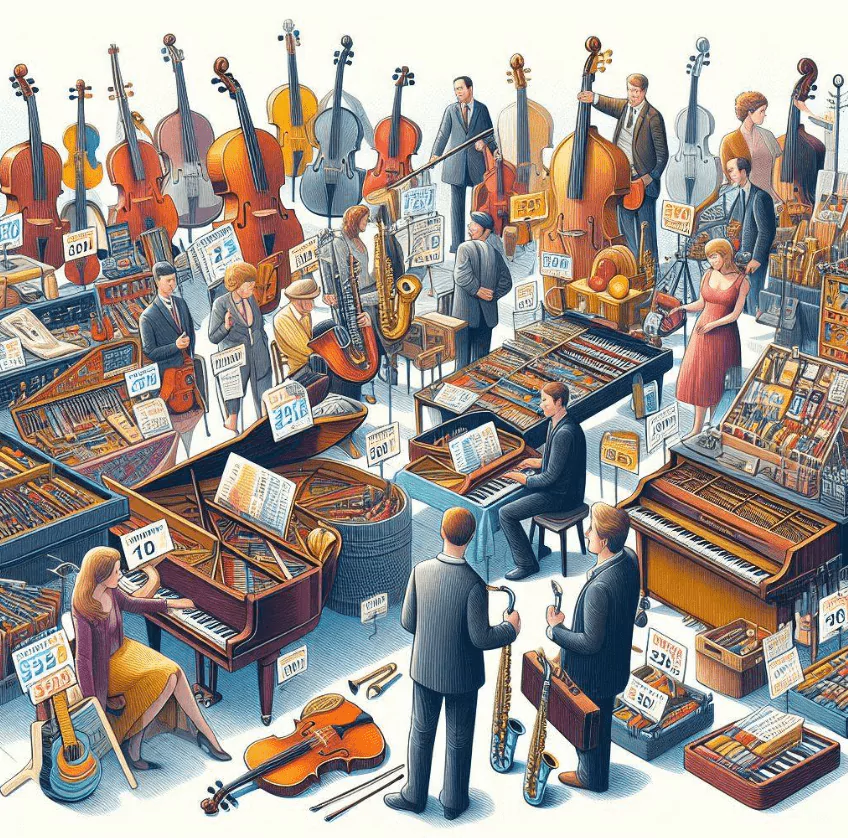Blobitecture – Blob Architecture

Blobitecture, also called “blob architecture” or “blobism”, refers to modern buildings with an amorphous, blob-like shape. “Blobitecture” is a term actually coined by New York Times Magazine writer William Safire, who used it to sardonically describe the sudden rise of amoeba-like buildings. Contrary to his intention, architects happily adopted “blobitecture” to describe a new and exciting architectural movement.
Blobitecture is a dynamic form of architecture still widely in use today. Blobitecture is unlike any other architectural form because it completely originates from computer-aided design (CAD). In software architect jobs, architects use CAD to manipulate buildings’ outlines to virtually any shape. While they do this, the software automatically calculates mathematical equations that instill structural soundness into the design. Before CAD’s development, architects adhered to mainstream geographical shapes since they were confident of these shapes’ structural stability. Now, thanks to CAD software, a building’s shape has boundless possibilities.
Today, most architects implement blob architecture for glass-and-steel structures. Rarely is it used for private residential homes, because the glass and steel materials makes “blob buildings” fairly transparent. Rather, it is much more frequently used for tourist attractions, such as museums, theatres, and concert halls. It is also increasingly used for scientific buildings, such as geodesic domes used for weather observatories and greenhouses. Lastly, a greater number of commercial buildings are blob structures, such as London’s City Hall and the Future Systems architectural firm.
Blobitecture arose during the 1990s when CAD systems were first being developed for architects and interior designers. In 1993, the first blobitecture building was erected: the Water Pavilion in the Netherlands, which was completely designed in CAD. Other large-scale projects followed in rapid succession, the most well-known of which is likely the Guggenheim Museum Bilbao. This museum, located in Bilbao, Spain, was designed by renowned Canadian-American architect Frank Gehry. Opened to the public in 1997, it consists of various concave and convex curves. Since it is located on a port, it glass and titanium curves reflect the light from both the sky and water. Moreover, its curved silhouette resembles that of a ship. This modern-art museum strongly contributes to making Bilbao a Spanish tourist attraction.
The United States has its own ‘blobitecture’ buildings. Seattle has the Experience Music Project museum, another Gehry-designed building, opened in 2000. Like the Guggenheim Museum Bilbao, this museum consists of seemingly random curves made up of sheet-metal. The building’s undulations give it a fluid silhouette, perhaps as a tribute to the museum’s musical exhibits. While the Guggenheim museum’s shape reflects its port vicinity, the Project’s shape can be summarized as “form follows function.”In fact, Gehry directly attributed the building’s shape to that of a smashed Stratocaster electric guitar, made famous by Jimi Hendrix. Unlike the Guggenheim, the Experience Music Project also incorporates more colors into its exterior design, though its metal reflects as much light as the Guggenheim.
Other cities have recognizable examples of blobitecture. England contains blob structures not only in London, but in other cities. For instance, the northeastern city of Gateshead has the Sage Gateshead building, which was designed by the Foster and Partners architectural firm. This building is a performing-arts center and musical institution. This structure has a caterpillar-like shape, made up of multiple spheres that contract and dilate as the building progresses. Its materials include glass and stainless steel, allowing it to shimmer from capturing all angles of sunlight. Its free-flowing shape may be said to reflect this institution’s philosophy that all musical genres are equal.
Berlin, furthermore, has another “form follows function” blobitectural structure. This structure is the Philological Library, designed by English architect Norman Foster. Opened in 2005, the Library is part of the Free University of Berlin campus. In keeping with the university’s intellectual purpose, the Library resembles a human brain. Like many other blobitecture buildings, its principal components are steel and glass.
Architects today rely on numerous CAD software programs to construct blob architecture. Contrary to its appearance, many mathematical calculations go into ‘blobitecture’ designs. Most CAD programs, such as AutoCAD, permit the user to create a basic three-dimensional “sketch” and manipulate those lines in numerous directions. Blob architecture arises when the user makes those lines “wavy” and irregular, and “inflates” the building design. In the later stages of the structure’s design, architects can use CAD to specify the building materials and interior components of the project.
As a measure of blobitecture’s popularity, architectural students may now take college courses in blobitecture. There are also online courses featuring blobitectural study. Many architects who concentrate on urban-planning architecture decide to learn about blobitecture, since blobitecture is mainly prevalent in metropolitan areas. Furthermore, many CAD courses, offered both online and on-site at educational institutions, permit architects to gain hands-on practice with blobitectural design.
As more architects break away from established geometrical forms, blobism will likely become part of more international cityscapes. CAD will generate infinite forms of blobitecture in both exterior and interior design. Many ambitious architects are exploiting blobism to push architecture to its outermost limits. In addition, many entry level architect jobs demand CAD experience; so many architectural students are choosing to use blobitecture to gain fluency in CAD.







